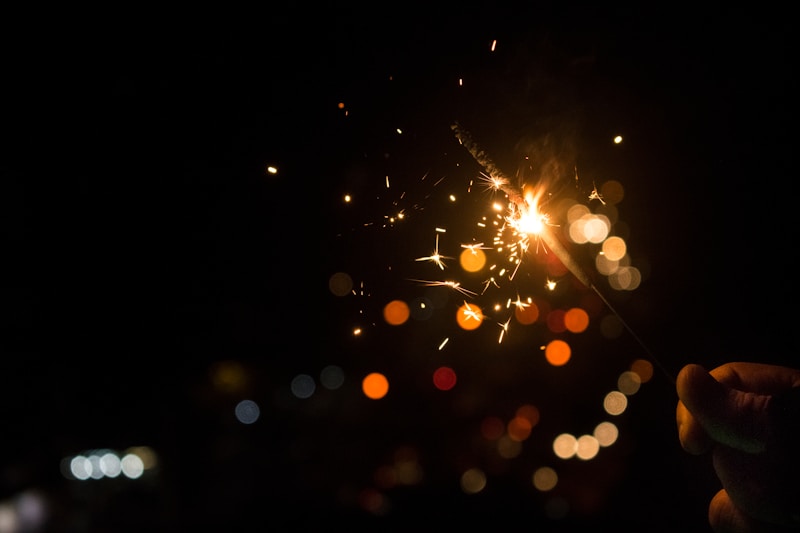Podcast
Questions and Answers
Which phenomenon describes the bouncing back of light when it hits a surface?
Which phenomenon describes the bouncing back of light when it hits a surface?
What is the law that describes the angle relationships in the reflection of light?
What is the law that describes the angle relationships in the reflection of light?
Which phenomenon describes the change in direction and speed of light when passing from one medium to another?
Which phenomenon describes the change in direction and speed of light when passing from one medium to another?
What effect is observed when light passes through water, making objects appear bent?
What effect is observed when light passes through water, making objects appear bent?
Signup and view all the answers
What phenomenon is responsible for splitting white light into its colors?
What phenomenon is responsible for splitting white light into its colors?
Signup and view all the answers
Which law governs the relationship between angles of incidence and refraction?
Which law governs the relationship between angles of incidence and refraction?
Signup and view all the answers
What causes the vibrant colors seen in a peacock's feathers?
What causes the vibrant colors seen in a peacock's feathers?
Signup and view all the answers
When light passes through a prism, what phenomenon becomes evident?
When light passes through a prism, what phenomenon becomes evident?
Signup and view all the answers
What causes the separation of colors and the formation of a rainbow?
What causes the separation of colors and the formation of a rainbow?
Signup and view all the answers
Which phenomenon is responsible for the appearance of a spectrum when light passes through a medium like glass?
Which phenomenon is responsible for the appearance of a spectrum when light passes through a medium like glass?
Signup and view all the answers
Study Notes
Light Physics: Understanding Reflection, Refraction, and Dispersion
Imagine a world without color or shadows, where light behaves in only one way. Thankfully, things are far more fascinating! In this light physics journey, we'll dive into the mysteries of reflection, refraction, and dispersion, the trifecta of light's interactions with matter.
Reflection
Reflection is the bouncing back of light when it hits a surface, such as when you see your reflection in a mirror. The angle at which the light strikes the surface and the angle it reflects back are always the same, as described by the law of reflection.

Figure 1: Reflection of light
Light always follows the law of reflection, as summarized by these two rules:
- The incident ray, reflected ray, and normal to the surface at the point of reflection all lie in the same plane.
- The angle between the incident ray and the normal to the surface is equal to the angle between the reflected ray and the normal.
Refraction
Refraction occurs when light passes from one medium to another, changing direction and speed. A familiar example is light passing through water, where the fish seem to move in slow motion and objects below the surface appear to be bent. Refraction is governed by Snell's Law, which relates the angles of incidence and refraction to the ratio of the speeds of light in the two media.

Figure 2: Refraction of light
Snell's Law states:
[ \frac{\sin \theta_1}{\sin \theta_2} = \frac{v_2}{v_1} ]
where θ1 is the angle of incidence, θ2 is the angle of refraction, and (v_1) and (v_2) are the speeds of light in the two media.
Dispersion
Dispersion is the splitting of white light into its colors when it passes through a medium. This is what causes a rainbow! Dispersion results because the different colors of light travel at different speeds through a medium. Blue light travels faster than red, for example. This causes the colors to separate, spreading out into a rainbow.

Figure 3: Dispersion of light
Dispersion is evident in the formation of a rainbow or the appearance of a spectrum when light passes through a prism. It is also responsible for the vibrant colors of a peacock's feathers and the iridescence of a soap bubble.
Light Physics in Action
Everyday life is full of examples of reflection, refraction, and dispersion. When you look into a mirror, you see reflection. When you look through a fish tank, you see refraction. And when you see a rainbow, you see dispersion. Understanding these phenomena is the first step in exploring the fascinating world of light physics.
Conclusion
From mirrors and rainbows to optical fibers and lasers, light physics shapes our world in countless ways. By delving into the mysteries of reflection, refraction, and dispersion, we gain insight into the fundamental nature of light and its interactions with matter. And as we continue to uncover these wonders, we can't help but marvel at the beauty and complexity of the world around us.
Studying That Suits You
Use AI to generate personalized quizzes and flashcards to suit your learning preferences.
Description
Explore the intriguing world of light physics by delving into the concepts of reflection, refraction, and dispersion. Discover how light interacts with matter through the laws of reflection, Snell's Law, and dispersion of colors. From mirrors to rainbows, uncover the fundamental principles that shape our perception of light.



